Premium Only Content
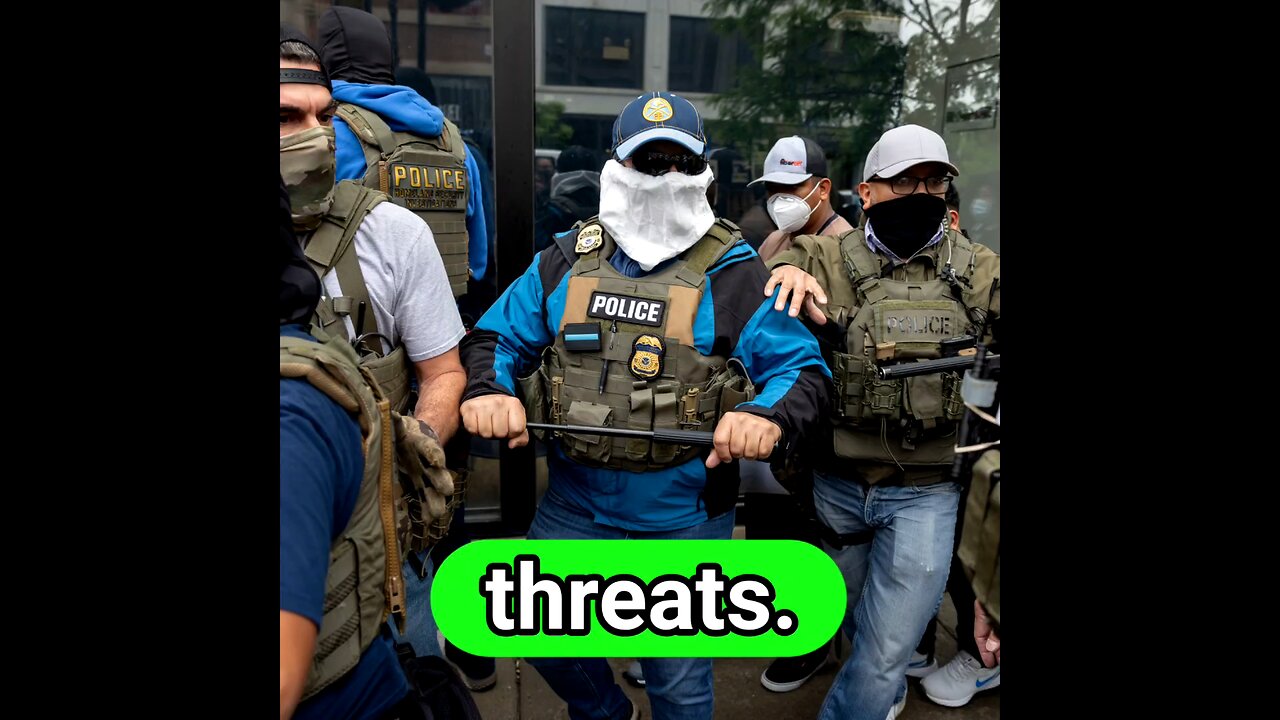
Behind the Mask: Uncovering America’s New Face of Policing
#BehindTheMask #ModernPolicing #PoliceTransparency #CommunityTrust #LawEnforcement #MaskedOfficer #PublicSafety #DemystifyTheBadge #ice #nypd
In recent years, an unsettling image has become woven into the fabric of American streets: the law-enforcement officer in a mask. No longer reserved for pandemic precautions alone, these masks have morphed into symbols of authority, protection, and, for many, intimidation. As cameras capture more and more officers obscuring their faces under balaclavas, gas masks, or medical-grade respirators, the nation witnesses a transformation in the relationship between the public and those sworn to protect it. This forbidding visage raises urgent questions about safety, accountability, and the growing distance between law enforcement and the communities they serve.
The roots of masked policing run deep in America’s history of public order and civil unrest. From the riot-control units of the 1960s to the drug-war SWAT teams of the 1980s, specialized units donned headgear and face shields to guard against real threats. Yet these early deployments were often exceptional. Today’s masks blend medical motives with militaristic intent, blurring lines between pandemic defense and crowd control. The ubiquity of these face coverings signals not just a health-conscious response but an evolving doctrine of policing itself—one that places officer safety and tactical advantage at the forefront.
Technological advances and procedural shifts have further entrenched the masked officer as an icon of modern law enforcement. Lightweight composite helmets, modular gas masks, and even night-vision face shields offer unparalleled protection. Departments facing ever-escalating threats—from chemical agents at protests to active-shooter scenarios—lean on this gear to mitigate risk. Yet the same innovations that shield officers also insulate them from human connection. Where once a badge and a voice were primary tools of de-escalation, today’s arsenal can feel sterile, mechanized, and deliberately isolating.
The psychological impact of masked officers on civilians is profound. A face hidden behind dark lenses or opaque filters creates an aura of invulnerability—and, paradoxically, impunity. Without a visible expression or identifiable features, officers can become faceless enforcers, harder to hold to account when misconduct occurs. For many observers, this visual barrier fosters fear rather than reassurance, reinforcing narratives of an ever-widening divide between law enforcement and the public. Trust, once built on human interaction and shared vulnerability, risks being replaced by cold compliance.
Confronting the rise of the masked officer demands a delicate balance between protection and transparency. Law enforcement agencies must acknowledge legitimate concerns—exposure to hostile elements, infectious diseases, and targeted violence—while committing to practices that preserve community trust. Policies on mask use should be accompanied by clear identification protocols and body-cam footage that underscores accountability. Only by demystifying the officer behind the mask can we hope to heal the fraying bonds of mutual respect and ensure that the mask, when worn, stands not for intimidation, but for safety shared by all.
-
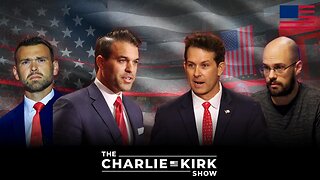 LIVE
LIVE
The Charlie Kirk Show
55 minutes agoDebunking the Lies and Smears about Charlie | ThoughtCrime Team | 9.25.2025
8,959 watching -
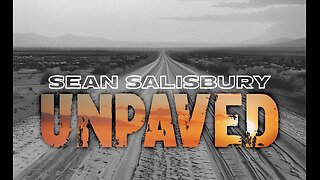 UPCOMING
UPCOMING
Sean Unpaved
47 minutes agoCup Swings, Homer Kings, & TNF Zzzz's
3 -
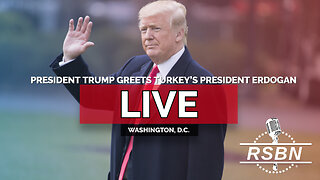 2:18:47
2:18:47
Right Side Broadcasting Network
3 hours agoLIVE REPLAY: President Trump Greets Turkey’s President Erdogan - 9/25/25
29.3K16 -
 LIVE
LIVE
Steven Crowder
3 hours ago🔴 They Are Lying Because They Are Losing: ICE Shooter, White People, & ... Bees?
26,335 watching -
 LIVE
LIVE
Side Scrollers Podcast
1 hour agoYouTube ADMITS BLATANT Censorship + California Wants to FINE “Hate Speech” + More | Side Scrollers
402 watching -
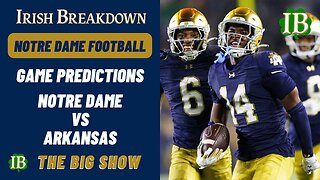 UPCOMING
UPCOMING
IrishBreakdown
1 hour agoNotre Dame vs Arkansas Game Predictions
11 -
 LIVE
LIVE
DailyClout
1 hour ago"Dr. Henry Ealy: What to Do About Trauma"
47 watching -
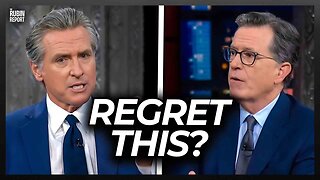 59:04
59:04
The Rubin Report
2 hours agoGavin Newsom Humiliates Himself on Colbert by Saying This Live On-Air
22.9K39 -
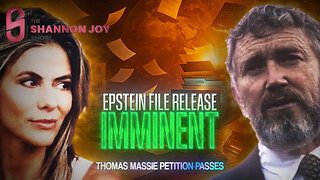 LIVE
LIVE
The Shannon Joy Show
1 hour agoEpstein Enterprise Wobbling! Tom Massie Petition SUCCEEDS - Vote To Release ALL Files Imminent!
299 watching -
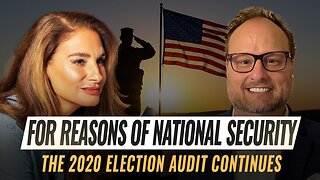 LIVE
LIVE
The Mel K Show
1 hour agoMel K & Jovan Hutton Pulitzer | For Reasons of National Security: The 2020 Election Audit Continues
619 watching